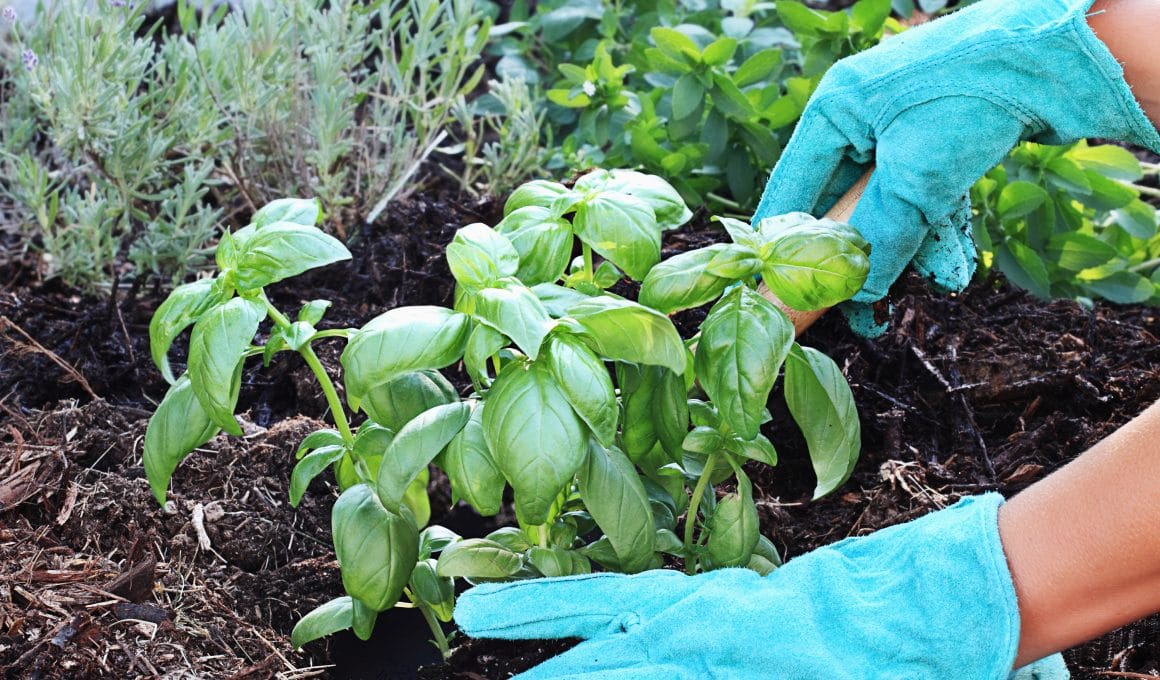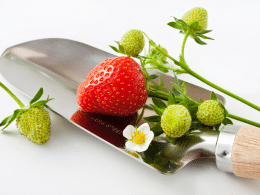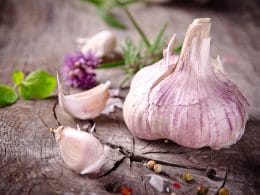In this time of uncertainty, edible gardening becomes so popular, am I right?
To accompany its trend, gardening on a budget can be one of the smartest options.
Seeds can be expensive and gardening from seeds isn’t always beginner-friendly. It involves a lot of factors that can contribute to failure.
Now if you’re interested in gardening for foods a.k.a. edible gardening, consider trying it using KITCHEN SCRAPS.
Yep, you read that right.
Sometimes trash isn’t really trash. You can still use it.
And when we’re talking about vegetable scraps or fruit scraps, there might be chances that the part that you want to throw away can be grown to produce more foods for you.
Down below are foods that can grow from scraps.
Hey, MAYBE you already have one of the ‘scraps’ in your kitchen! Check out this list!
Garlic
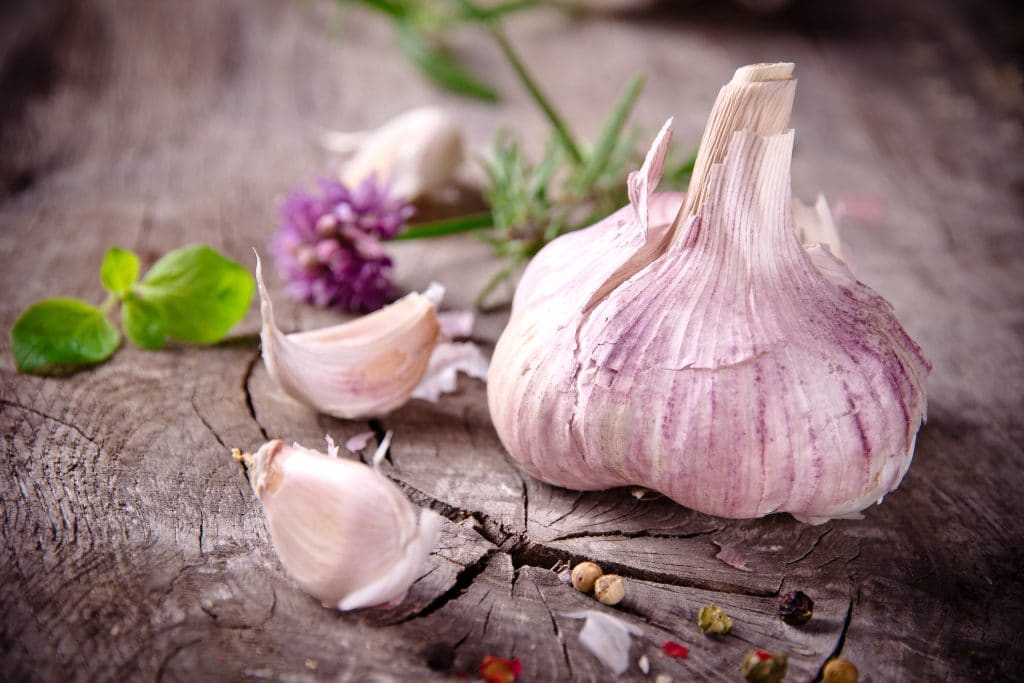
How to do it:
Fill a slim jar or slim glass with water (to the peak). Grab a garlic bulb and position it so that the bulb sits on the top of the glass AND the bottom of the bulb touches the water. Change the water weekly.
After 3 weeks you should see well-growing roots. Now divide the bulbs and plant each of them in the ground/container.
Potatoes
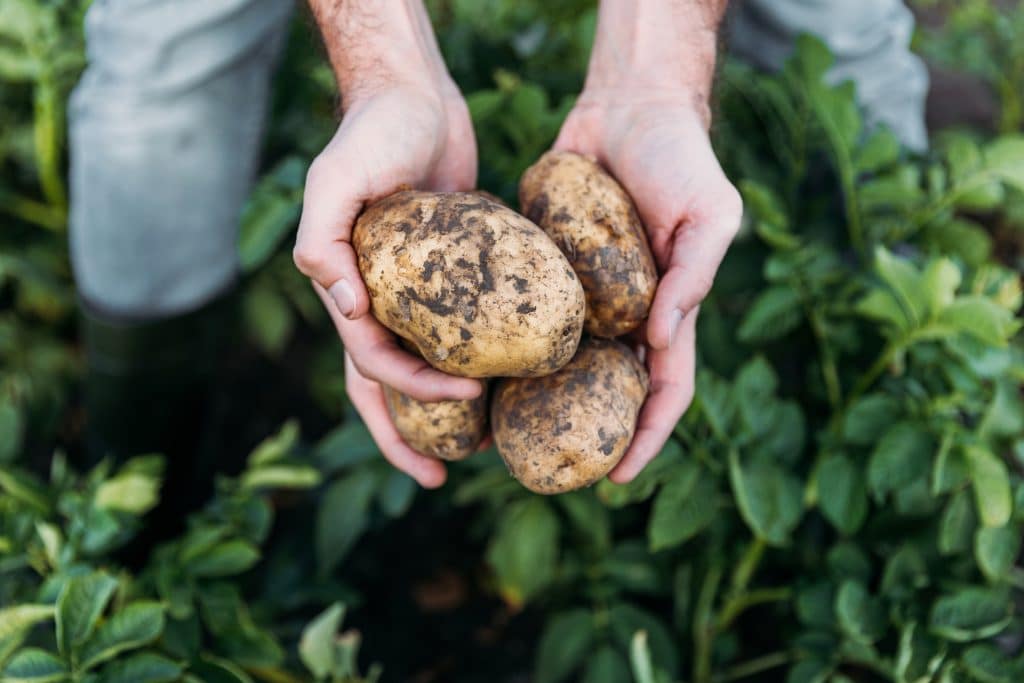
You can grow potatoes from potatoes!
Just like garlic you need to make the potato sprouting first before planting it in ground.
Fill a glass with water to the top. Now you need to make the bottom of the potato touch the water (just the bottom).
You can try this way: push toothpicks to the flesh of potato (in various directions) so it can hold the potato and prevents it from falling to the water.
Wait for 2 weeks or until you see the potato sprouting. After that, you can transplant it to the ground.
Celery
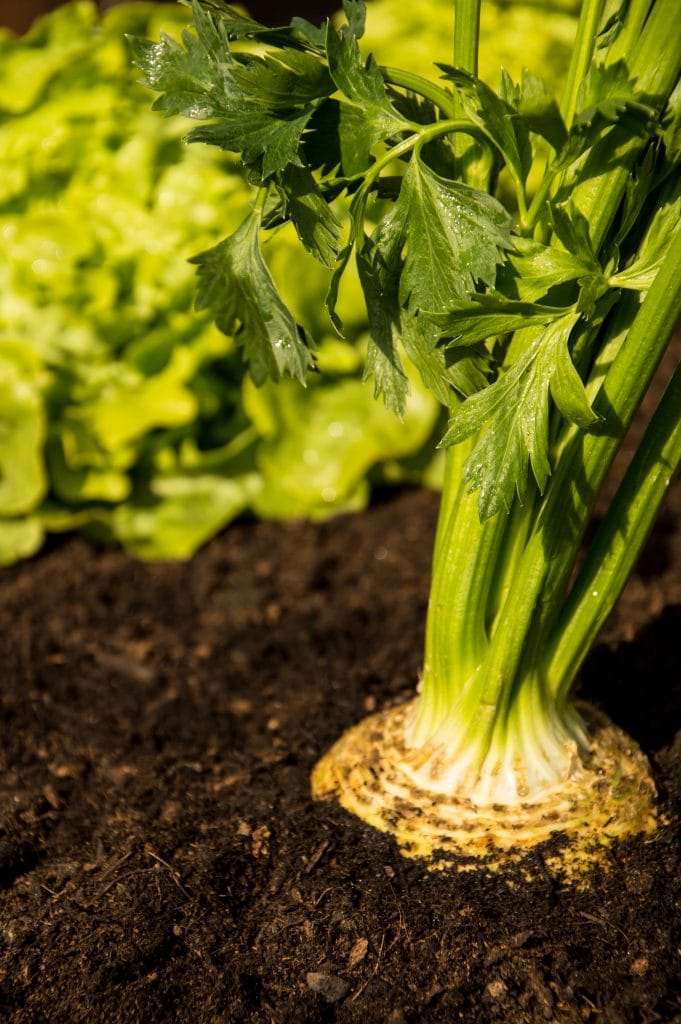
Very similar to potato, you to help the celery sprout, you can let the the stalk touch the water using toothpicks.
First, you need to grab the bottom of the celery stalk (you can use the upper part of the stalk for cooking and you can use the bottom part for gardening).
Alright, got the base of the stalk? Now place it in a glass of fresh water (hang the stem using toothpicks so the bottom touches the water). Wait for a few days.
When you see small leaves from the center of the stem and some roots under the base, you can directly replant it to the soil.
Mint
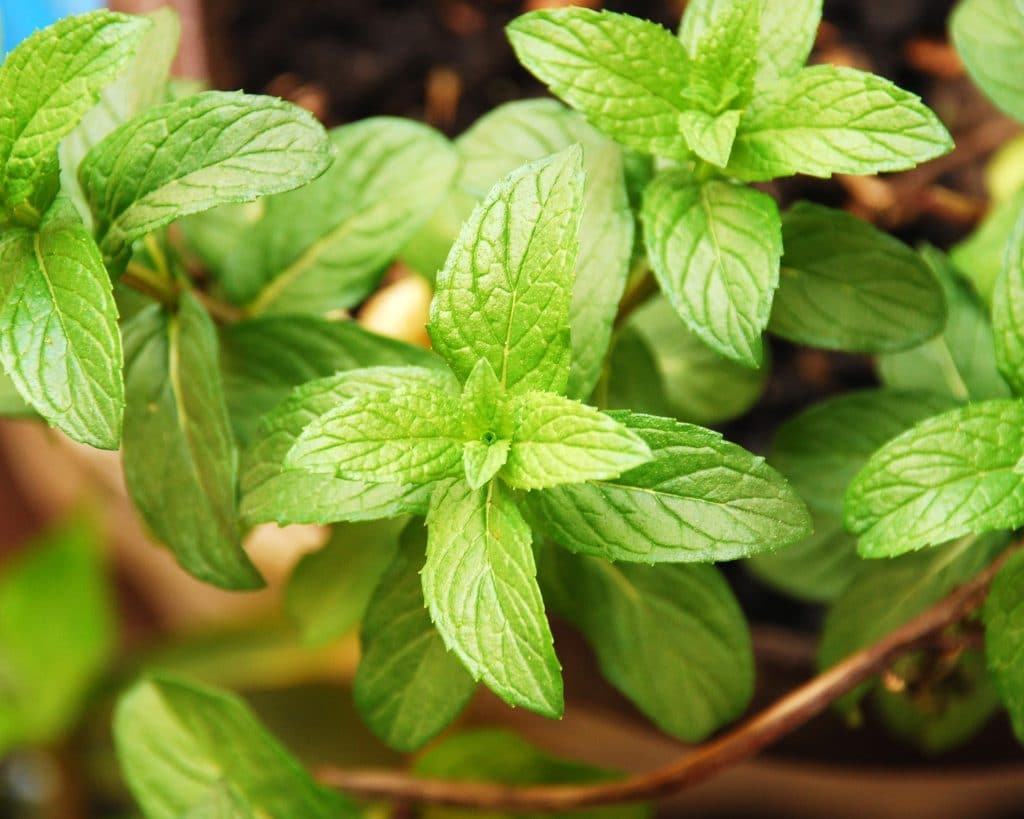
Lettuce
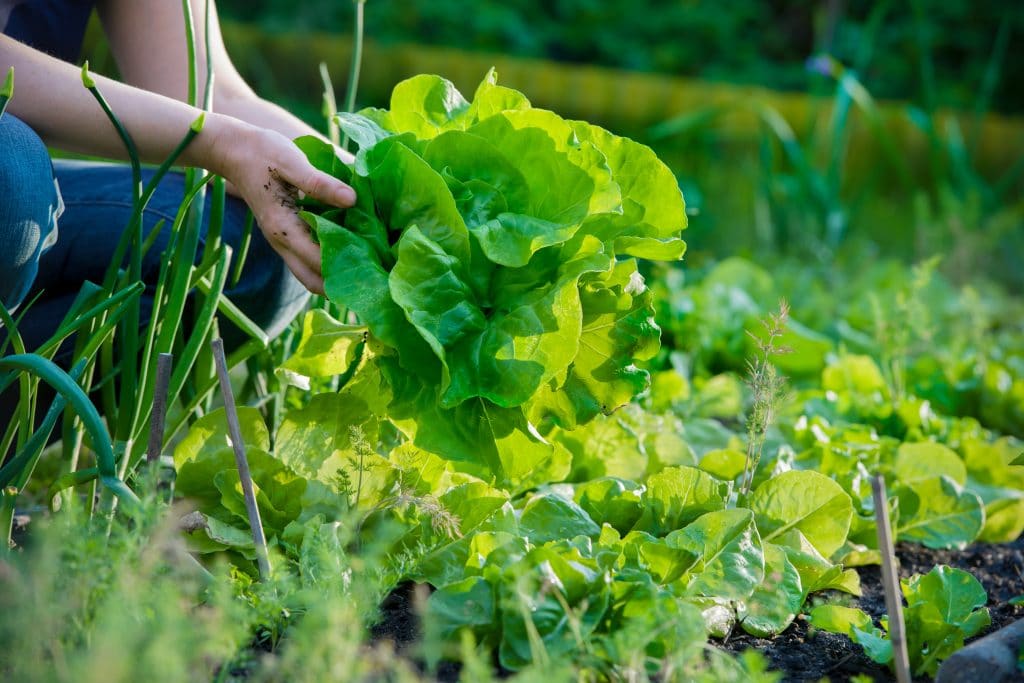
Lemongrass
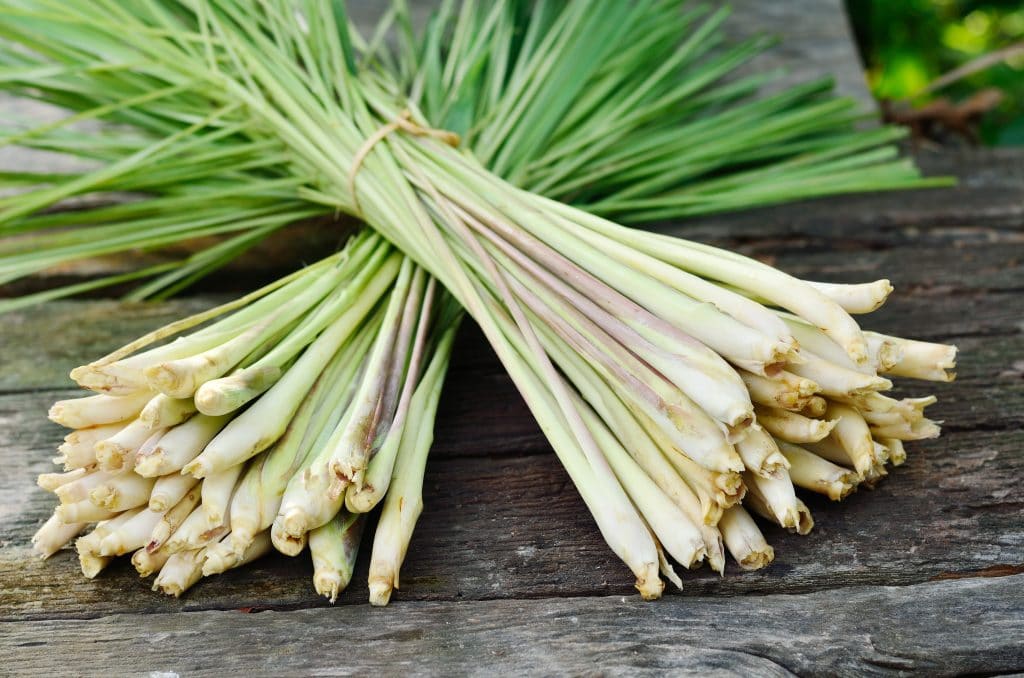
Lemongrass is a great addition to Asian dishes. You can also use it to make hot drinks.
If you love lemongrass, you can try regrowing it:
- Cut the half top of the lemongrass for cooking
- Put the lower stalk (the bottom) in a glass of fresh water (the water should not be too tall, only about 1-1,5 inches deep)
- Change the water every day
- When the strong root appears, move it to the soil
Cilantro
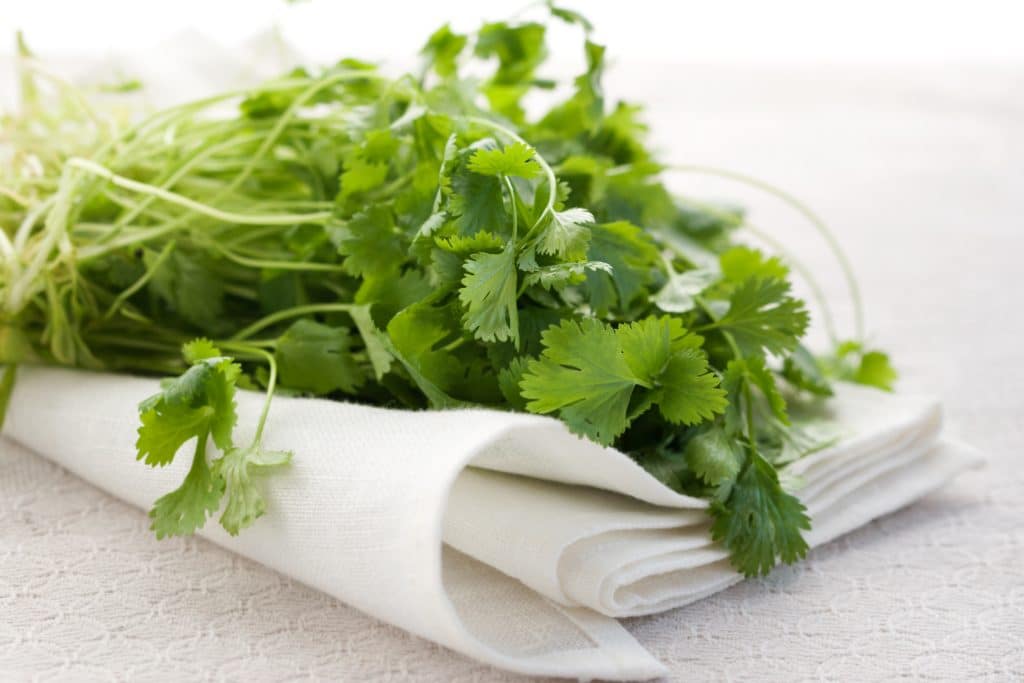
How to regrow cilantro:
- Place the stem in a glass of fresh water
- Let it enjoy sunlight
- Change the water everyday
- When you see new roots, replant it in the soil
Basil

Fresh basil is usually sold in bulk instead of per leaves.
Now do you use all of them?
Chances are, there are several leaves or stems left in your kitchen, am I right? Actually you can use the stem to grow more basil.
Trim the stem so that there is only 2 or 3 top leaves left.
After that, place it inside a glass of fresh water.
Wait for a few days until you see new roots around the stem and then plant it in the soil.
Cabbage
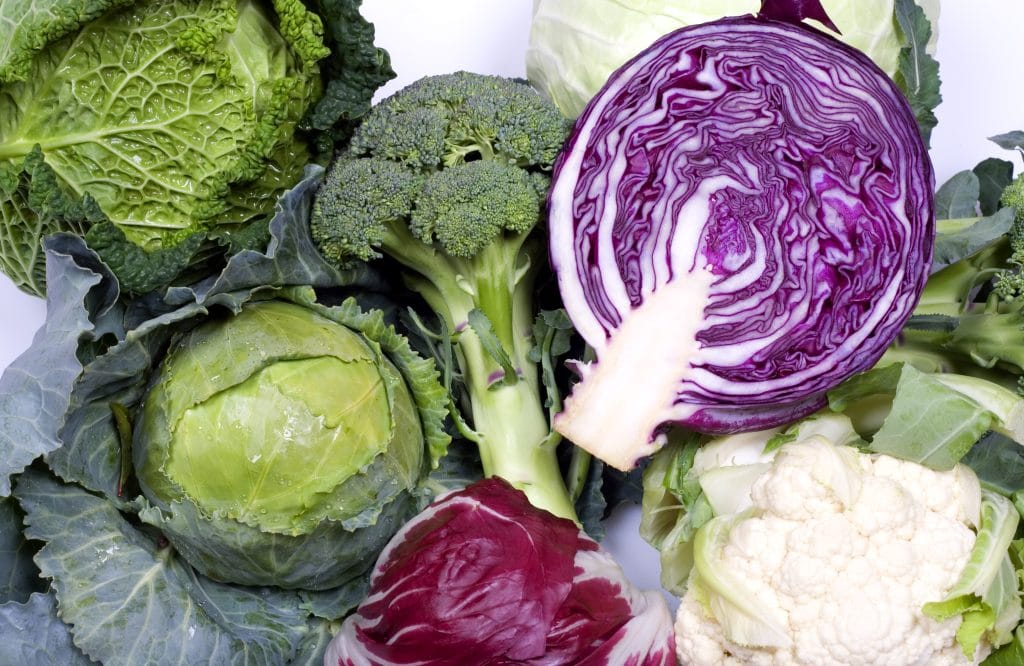
You will need the bottom part of the cabbage.
So, use the upper part for cooking and use the bottom part for gardening.
Prepare a bowl with a little amount of water and place the cabbage in the bowl so that the bottom of the cabbage touch water.
Change the water twice a week.
Make sure that it gets proper sunlight every day.
After you see some roots and new leaves, you can transplant it to the soil OR you can just continue growing the cabbage in the bowl and cut the new leaves when you need them (for cooking).
Pineapple
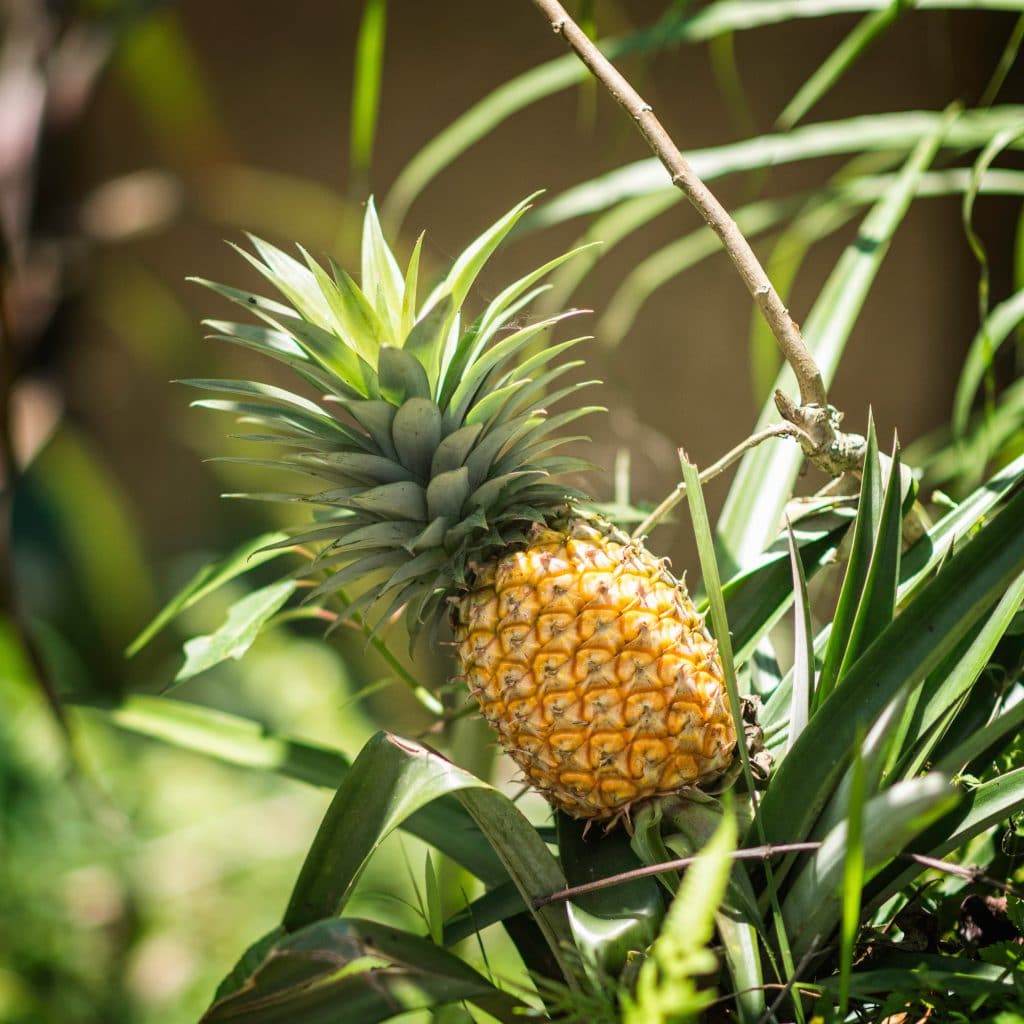
When it comes to pineapple, you can use the bottom part (the flesh) for eating and the upper part (the crown) for gardening.
Cut the crown and place it in a jar of water.
Let it enjoy indirect sunlight (shaded). Change the water at least once a week.
After 6 weeks, you should already see some roots, and you can transplant it to the soil.
Alternatively, you can try to grow roots directly in the soil instead of water.





